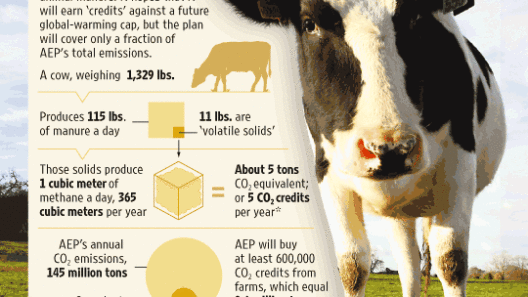Concrete, the ubiquitous material of modern architecture, serves as a metaphorical canvas upon which humanity etches its ambitions. Yet, beneath its steely exterior lies a troubling truth: concrete and construction contribute significantly to the phenomenon of global warming. This exploration into the nexus between these materials and the warming planet reveals a complex interplay of human ingenuity and environmental consequence.
The story of concrete begins with its genesis—a mixture of cement, water, and aggregates like sand and gravel. This seemingly innocuous combination has undergone a transformation from a simple construction material to a symbol of progress and industrial achievement. Concrete structures rise like monoliths, towering over landscapes, and epitomizing the zenith of innovation. However, this symbol of advancement comes with a hefty environmental price tag.
To understand the environmental impact of concrete, one must delve into its lifecycle. The production of cement, the primary ingredient in concrete, is a carbon-intensive process. In fact, cement production accounts for approximately 8% of the global carbon dioxide emissions. This destructive byproduct comes from the calcination of limestone, a process that releases carbon dioxide trapped in the earth for millennia. As the global demand for infrastructure burgeons, so too does the footprint of cement production.
Once cast into form, concrete seems benign. It provides durability and strength, enriching our urban environments with roads, bridges, and buildings. However, the cries of nature are muffled amidst the clamor of construction. When cities are constructed, vegetation is often replaced with concrete jungles. These urbanized landscapes absorb and retain heat, creating what scientists refer to as the “urban heat island” effect. As cities expand, they morph into heat traps, exacerbating the effects of climate change.
The environments surrounding these concrete slabs suffer unparalleled degradation. Natural habitats are displaced, and biodiversity dwindles under the growing weight of human ambition. The introduction of impervious surfaces alters hydrological cycles, leading to increased runoff and diminished groundwater recharge. Consequently, it is not merely the climate that is at risk, but the very ecosystems that sustain life on Earth.
The allure of concrete extends beyond its practicality; it symbolizes civilization’s pioneering spirit. Yet, this metaphorical brick façade conceals the alarming realities of environmental consequences. Urban heat islands not only escalate local temperatures but also affect public health. Heat-related illnesses rise, and the demand for energy-intensive cooling systems increases, creating a vicious cycle of consumption and carbon emissions. Cities, once crown jewels of progress, now serve as microcosms of climate crises.
Despite these challenges, there lies a potent opportunity for transformation. The architecture of the future must embrace sustainability, not merely as an afterthought but as a fundamental principle. Green construction practices, such as utilizing recycled materials and implementing energy-efficient designs, have emerged as beacons of hope. Innovative materials like geopolymer concrete or timber alternatives are redefining the possibilities of construction. These alternatives promise to reduce carbon footprints and challenge the dominance of traditional concrete.
Incorporating green spaces into urban planning also plays a pivotal role in countering the desolation spread by concrete. Rooftop gardens, urban forests, and permeable pavements can mitigate the consequences of urban heat islands, turning cities back into habitats that nurture life rather than extinguish it. By recalibrating our approach to urban design, we can cultivate vibrant environments that celebrate nature while respecting the need for infrastructure.
The role of government and policy is also crucial in steering the trajectory of construction practices. Regulatory frameworks that incentivize sustainable practices can reshape the industry from within. Policies that promote the use of low-carbon materials and energy-efficient construction methods can progressively diminish the carbon footprint associated with urban development.
Global collaboration is imperative in addressing the concrete conundrum. Countries must work together, sharing innovations and best practices, in a collective pursuit of environmentally friendly construction methods. The construction industry must align its practices with the broader goals of global climate agreements, recognizing that the implications of concrete extend beyond regional borders. Each tonne of carbon emitted reverberates across the planet, contributing to a collective burden borne by all.
As society stands at the crossroads of choice, the future of concrete and construction must pivot towards a model that champions sustainability and respect for the planet. This profound transition, though undoubtedly challenging, is a necessary step towards forging a harmony between human advancement and environmental stewardship. The allure of concrete is compelling, but so too is the allure of a thriving planet.
Ultimately, the narrative of our cities must expand beyond the mere construction of edifices into a broader tale of coexistence with the natural world. Concrete is not inherently detrimental; its applications can evolve into agents of positive change. By acknowledging the complexities of this material and harnessing advancements in sustainable practices, we have the potential to not only mitigate climate change but to enhance the quality of life for generations to come. The time for action is now, as we strive to weave the fabric of our cities with threads of sustainability, ensuring a legacy of resilience rather than regret.







